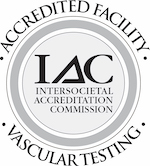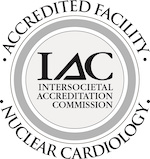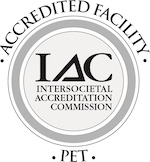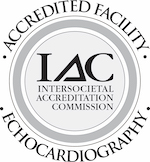The Choice Between Medication & Procedure for Cardiac Arrhythmias & Afib

Patients often have multiple possible treatment pathways for cardiac arrhythmias, particularly atrial fibrillation (Afib), the most common of these conditions. Similarly, as cardiologists and electrophysiologists, we like to take a stepwise approach toward this condition, starting with the least invasive option and moving on as necessary. Lifestyle issues – things we can modify, including alcohol consumption, excess weight, poor diet, a sedentary lifestyle, and more, are leading risk factors for cardiac arrhythmias.
As such, when you first come to a consultation, we will perform a complete evaluation to determine the next best course of action. This may include evaluating medication and working with other medical specialists to tweak or replace certain drugs causing an arrhythmia.
We will also suggest a diet that reduces saturated fats, added sugar, and alcohol.
However, changing your lifestyle is easier said than done, and we understand that most patients may not make significant progress. As such, we will consider pharmaceutical interventions like antiarrhythmics to control the rhythm and anticoagulants, colloquially known as blood thinners, to reduce the risk of stroke.
Many patients, in fairness, don’t want to add even more medication to their daily regimen, and indeed there are safe and effective procedural options to address the concerns associated with an arrhythmia. Some patients even decide to jump straight to the procedure to avoid the potential side effects of medical therapy.
But how do you make that decision, and when does it make sense to go one way or the other?
Ultimately, the decision as to whether to start medication or have a procedure depends on several things.
First, the patient’s general health. While the procedural options we use are minimally invasive catheter-based interventions, they still require anesthesia and have inherent risks. If a patient is in good general health and seems suitable for a procedural intervention, we can discuss which option is best.
The type of arrhythmia also makes a difference. Paroxysmal arrhythmias that occur only occasionally are candidates for both procedural interventions and medical therapy. However, if it progresses, and it undoubtedly does if left untreated, some procedural interventions may not be suitable or practical. These cases are known as long-standing persistent Afib, where treatment may be futile.
We may also proceed to a procedural intervention if the medication does not offer sufficient relief or if patients are experiencing unacceptable side effects. This occurs in approximately 50% of patients who start medical therapy. While newer-generation medications have somewhat reduced these effects, they are not without consideration.
The Bottom Line
Most importantly, patients need to receive an appropriate diagnosis and treatment plan. This is achieved by visiting the cardiologists and electrophysiologists at Huntington Heart Center. By using a combination of traditional and advanced diagnostic tools, we can accurately track the arrhythmia allowing for a comprehensive treatment continuum.







